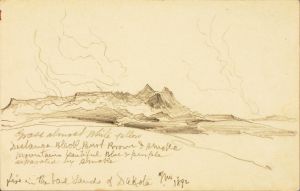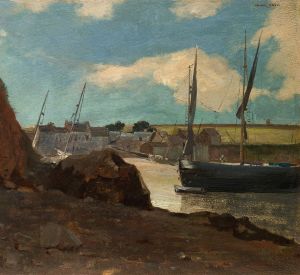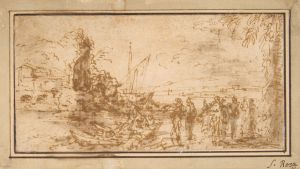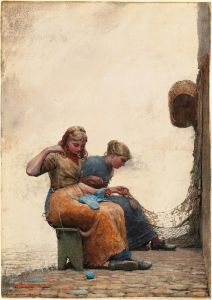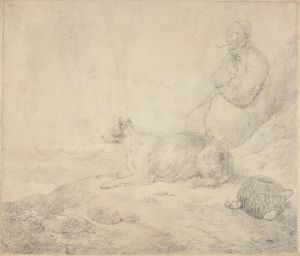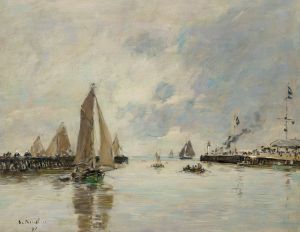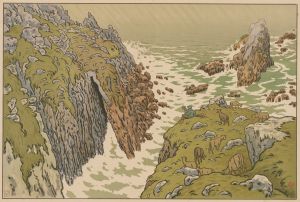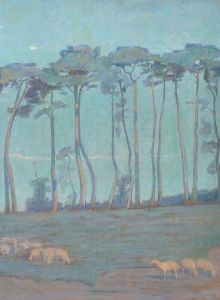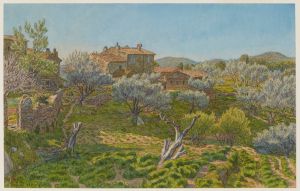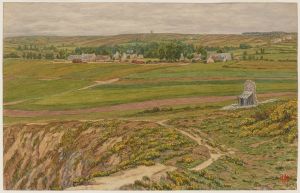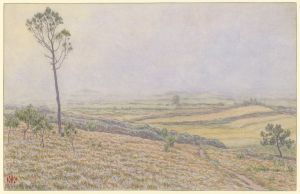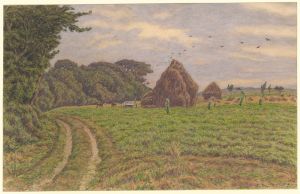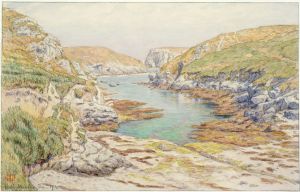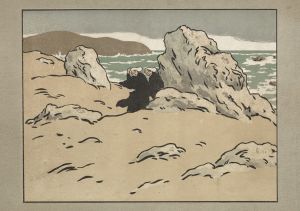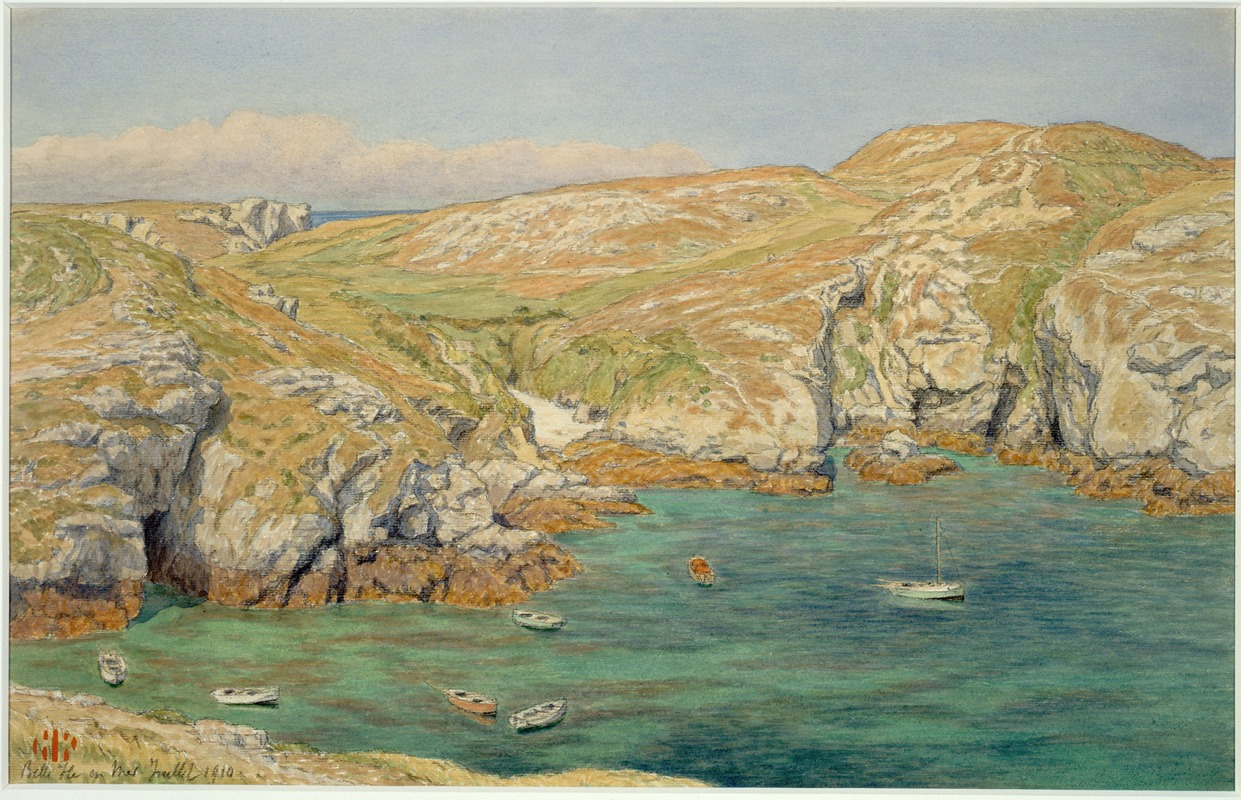
Belle-Isle. Goulphar
A hand-painted replica of Henri Rivière’s masterpiece Belle-Isle. Goulphar, meticulously crafted by professional artists to capture the true essence of the original. Each piece is created with museum-quality canvas and rare mineral pigments, carefully painted by experienced artists with delicate brushstrokes and rich, layered colors to perfectly recreate the texture of the original artwork. Unlike machine-printed reproductions, this hand-painted version brings the painting to life, infused with the artist’s emotions and skill in every stroke. Whether for personal collection or home decoration, it instantly elevates the artistic atmosphere of any space.
Henri Rivière (1864–1951) was a French artist known for his innovative contributions to printmaking and his role in popularizing Japanese-inspired art in France during the late 19th and early 20th centuries. He is particularly recognized for his color lithographs and woodblock prints, which often depicted landscapes and scenes from everyday life. One of his notable works is "Belle-Isle. Goulphar," a piece that exemplifies his mastery of capturing natural beauty through a blend of Western and Japanese artistic techniques.
"Belle-Isle. Goulphar" is part of Rivière's series of prints that focus on the landscapes of Brittany, a region in northwestern France. Belle-Île-en-Mer, the largest of Brittany's islands, served as the inspiration for this work. The island's dramatic coastline, rugged cliffs, and picturesque scenery were a recurring theme in Rivière's art. Goulphar, specifically, refers to a location on Belle-Île known for its striking cliffs and the nearby Goulphar Lighthouse (Phare de Goulphar), which has been a landmark since its construction in the 19th century.
Rivière's approach to "Belle-Isle. Goulphar" reflects his deep appreciation for Japanese ukiyo-e prints, particularly the works of Hokusai and Hiroshige. Like these Japanese masters, Rivière employed bold lines, flattened perspectives, and a harmonious use of color to create a sense of depth and movement. His ability to distill the essence of a landscape into a simplified yet evocative composition is a hallmark of his style. In this work, he captures the interplay of light and shadow on the cliffs and the surrounding sea, emphasizing the natural beauty of the location.
The print is also notable for its technical execution. Rivière often used a combination of lithography and woodblock printing techniques, which allowed him to achieve a rich texture and vibrant color palette. His innovative use of these methods contributed to the revival of printmaking as a respected art form in France during his time.
"Belle-Isle. Goulphar" is an example of Rivière's broader artistic project to document and celebrate the landscapes of Brittany. His works not only highlight the region's natural beauty but also reflect the influence of Japonisme, a cultural phenomenon that had a profound impact on European art in the late 19th century. Today, Rivière's prints, including "Belle-Isle. Goulphar," are celebrated for their artistic and historical significance, and they continue to be appreciated by art enthusiasts and collectors worldwide.





